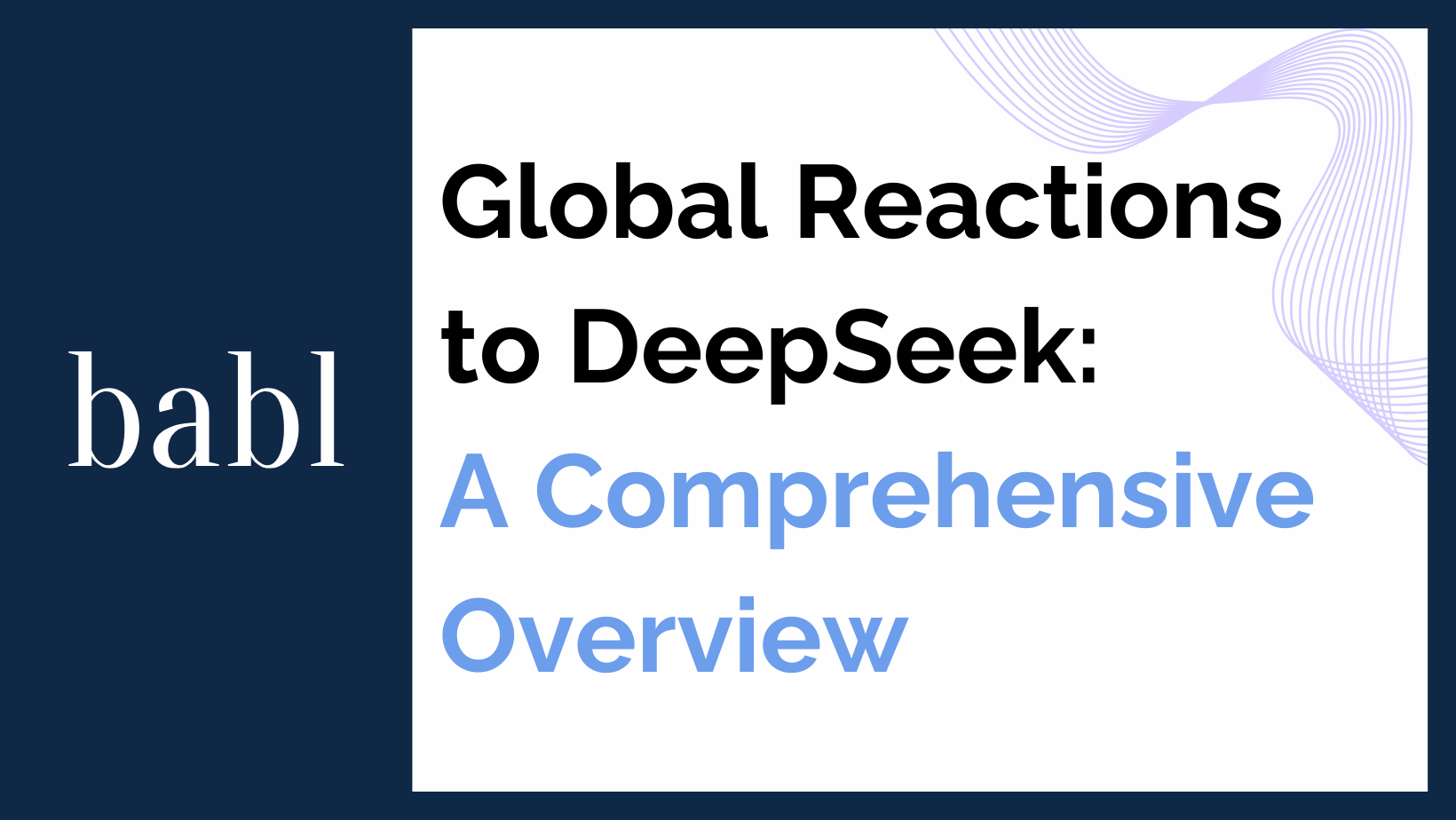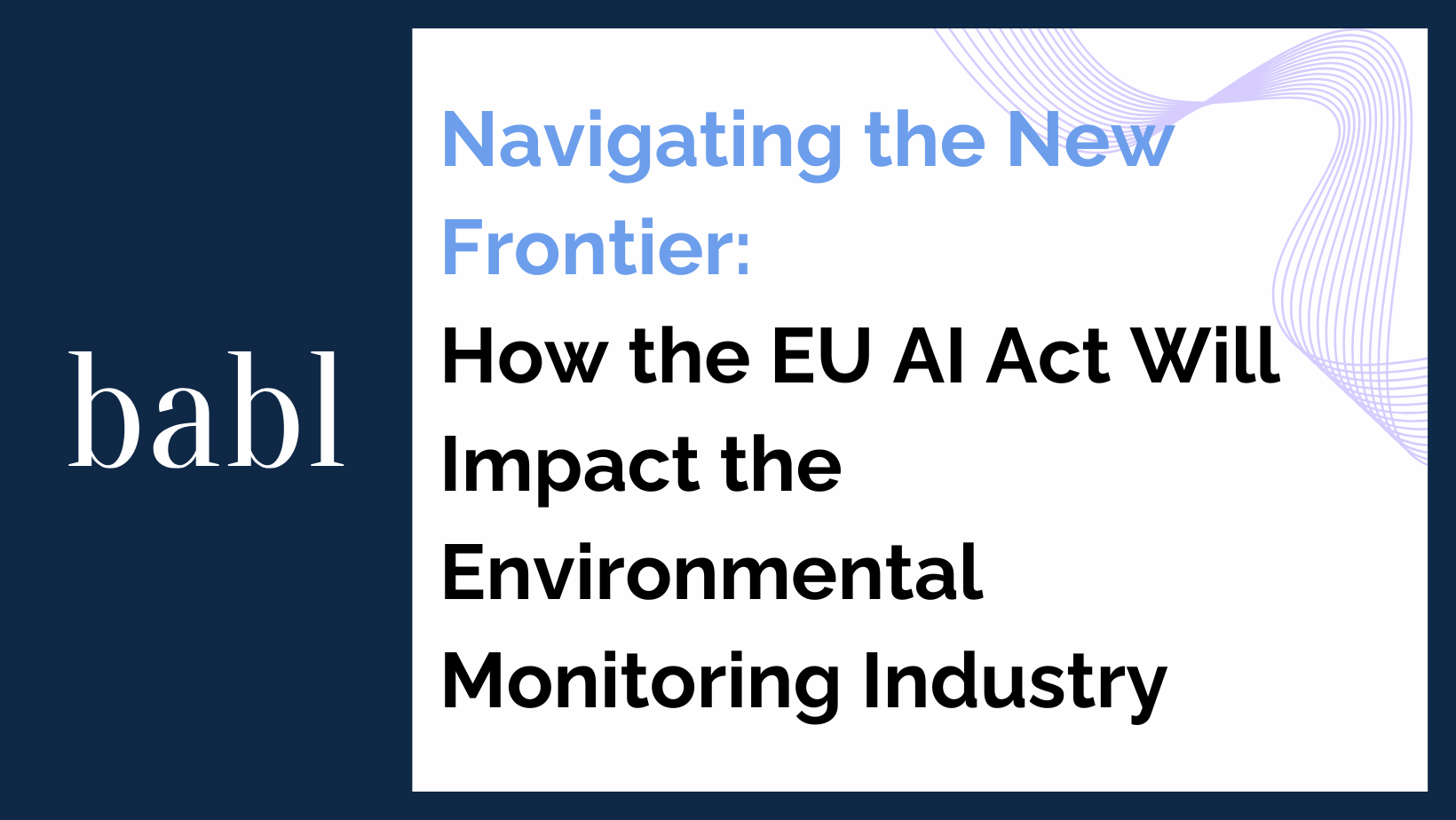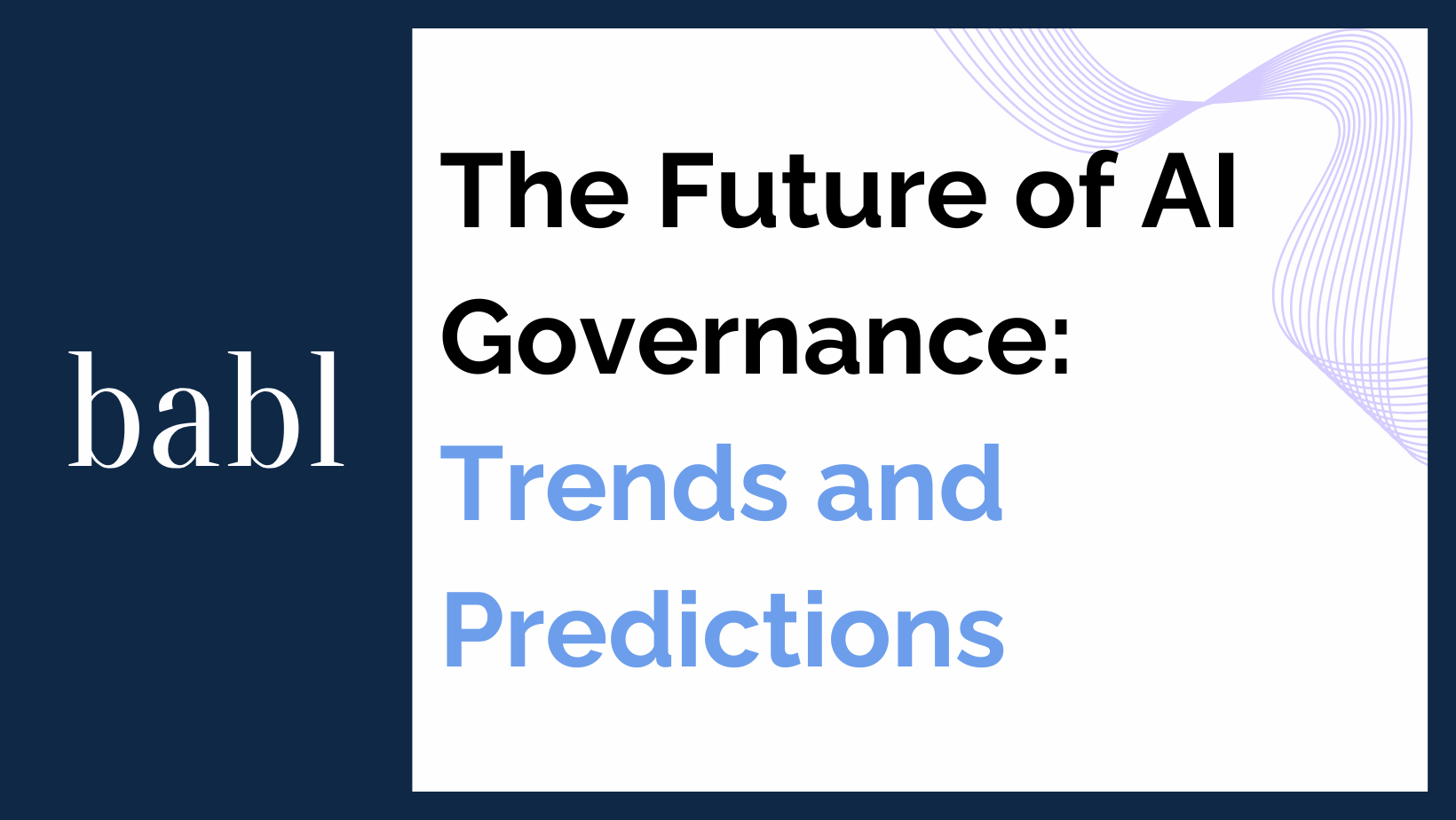As artificial intelligence (AI) continues to evolve, so too must the frameworks that govern its use. Recognizing the unique challenges and potential of generative AI, the National Institute of Standards and Technology (NIST) is at the forefront of developing detailed profiles within its AI Risk Management Framework specifically tailored for this advanced subset of AI technologies. This initiative not only highlights the intricacies of generative AI but also sets a precedent for how such technologies should be managed and regulated.
What is Generative AI?
Generative AI refers to algorithms capable of creating content, such as text, images, and videos, from existing data sets. This technology goes beyond simple data analysis to actually generate new, original outputs. Applications range from creating art and music to generating realistic human voices and writing coherent text passages. The power of generative AI lies in its ability to learn from vast amounts of data and produce outputs that mimic human creativity and reasoning.
The NIST AI Risk Management Framework: Adapting to Generative AI
The NIST framework, traditionally known for its comprehensive approach to AI governance, is expanding to include specific profiles that address the nuances of generative AI. This adaptation is crucial, given the distinct risks associated with these technologies, such as the potential for creating misleading information or infringing on intellectual property rights.
Creating Detailed Profiles for Generative AI
The process of developing these profiles involves several key steps:
- Stakeholder Collaboration: Engaging with industry experts, researchers, and policymakers to gather diverse insights into the unique aspects of generative AI.
- Risk Assessment: Identifying specific risks associated with generative AI, including ethical concerns, data integrity issues, and potential misuse.
- Guideline Formulation: Drafting detailed guidelines that provide clear protocols for mitigating risks, ensuring ethical usage, and promoting transparency.
Implications of the Generative AI Profiles
The creation of dedicated profiles for generative AI within the NIST framework carries profound implications for multiple stakeholders:
- For Regulators: These profiles offer a blueprint for crafting regulations that address the specific challenges posed by generative AI, facilitating more informed and effective governance.
- For Developers: Access to detailed guidelines helps developers understand and manage the risks associated with their technologies, fostering innovation within a secure and ethical framework.
- For Users: With clearer standards, users can trust the safety and reliability of generative AI applications, which is crucial for widespread adoption.
Challenges and Opportunities
While the extension of the NIST framework to include generative AI is a significant advancement, it also presents challenges. One major challenge is keeping the guidelines up-to-date with the rapid pace of technological development in AI. However, this also presents an opportunity to continually refine and improve risk management practices, ensuring they remain relevant and effective.
Another challenge lies in the global nature of AI development. Generative AI technologies can be developed and deployed across borders, complicating regulatory efforts. Here, the NIST profiles could serve as a model for international cooperation in AI governance, promoting a harmonized approach to managing AI risks worldwide.
The Road Ahead
As we look to the future, the importance of adapting and extending AI governance frameworks like those of NIST cannot be overstated. The detailed profiles for generative AI are not just about mitigating risks; they are about enabling the safe and responsible exploration of AI’s potential. By providing a structured approach to manage these advanced technologies, NIST is helping pave the way for innovative applications that could transform industries and enrich lives, all while maintaining public trust and safety.
In conclusion, the extension of the NIST AI Risk Management Framework to include generative AI is a crucial development in the field of AI governance. By addressing the unique risks and opportunities presented by this technology, NIST is setting a standard for how AI should be managed in the 21st century. As generative AI continues to grow and impact our world, these profiles will play a vital role in guiding ethical development and deployment, ensuring that AI serves the best interests of society.
Need Help?
If you’re wondering how NIST AI Framework, and other AI regulations around the world, could impact you, don’t hesitate to reach out to BABL AI. Their Audit Experts are ready to provide valuable assistance while answering your questions and concerns.





